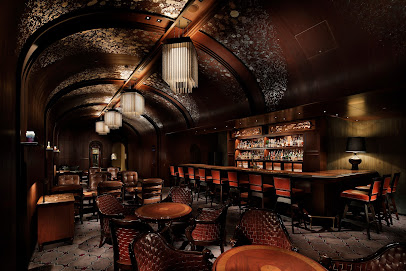
Nihonbashi Bridge: A Historic Gateway of Tokyo
Explore Nihonbashi Bridge in Tokyo, where history meets modernity. Discover the architectural beauty and cultural significance of this iconic landmark.
Nihonbashi Bridge, a symbol of Tokyo's rich history, is a stunning architectural marvel that connects the past with the present. This iconic bridge offers tourists a picturesque view of the city and serves as a perfect spot for photography, exploration, and cultural immersion.
A brief summary to Nihonbashi Bridge
- Nihonbashimuromachi, 1 Chome, 8~日本橋1丁目1, Chuo City, 1 Chome Nihonbashimuromachi, Tokyo, JP
Local tips
- Visit early in the morning or during sunset for stunning photo opportunities.
- Explore the surrounding Nihonbashi district for unique shops and eateries.
- Look for the historical markers near the bridge to learn more about its significance.
- Consider taking a guided tour to fully appreciate the history and architecture.
Getting There
-
Subway
If you're starting from Shinjuku Station, take the Tokyo Metro Marunouchi Line (red line) towards Ogikubo. Transfer at Otemachi Station to the Tokyo Metro Tozai Line (light blue line) towards Nishi-Funabashi. Get off at Nihonbashi Station. Once you exit the station, use Exit A1 and head straight for about 5 minutes. You will reach Nihonbashi Bridge on your left.
-
Train
From Tokyo Station, take the JR Chuo Line or the JR Keihin-Tohoku Line towards Kofu or Omiya respectively. Get off at Tokyo Station and transfer to the Tokyo Metro Marunouchi Line (red line) towards Ogikubo. Get off at Otemachi Station, then transfer to the Tokyo Metro Tozai Line (light blue line) towards Nishi-Funabashi. Get off at Nihonbashi Station. Use Exit A1, walk straight for about 5 minutes, and you will see Nihonbashi Bridge on your left.
-
Bus
If you are near the Ginza area, take the Toei Bus bound for Marunouchi, which departs from Ginza 4-chome. Ride for about 15 minutes and get off at Nihonbashi. Once you get off the bus, head towards Nihonbashi Bridge, which is a short 2-minute walk from the bus stop.
-
Walking
If you are in the Nihonbashi area, it's easy to walk to Nihonbashi Bridge. From the Nihonbashi Mitsui Tower, head south on Nihonbashihoncho for about 5 minutes. You will reach the bridge, which is a historic landmark and offers a great view of the surrounding area.
Discover more about Nihonbashi Bridge
Iconic landmarks you can’t miss
Nihonbashi
0.3 km
Explore Nihonbashi, Tokyo's historic district where tradition meets modernity, featuring shopping, dining, and cultural experiences.

Tokyo Station
0.7 km
Experience the architectural beauty and vibrant atmosphere of Tokyo Station, Japan's premier railway hub connecting you to the country's rich heritage and modern marvels.
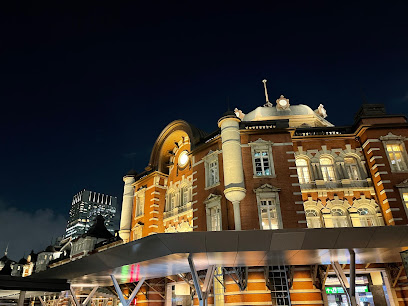
Katsuragawa Hoshuyashiki Ruins/Monument
1.0 km
Discover the Katsuragawa Hoshuyashiki Ruins, a serene historical landmark in Tokyo, perfect for history lovers and peaceful reflection.

Remains of Tokyo Prefectural Office
1.1 km
Explore the remnants of the Tokyo Prefectural Office, a historical landmark that showcases the rich architectural heritage of Japan.
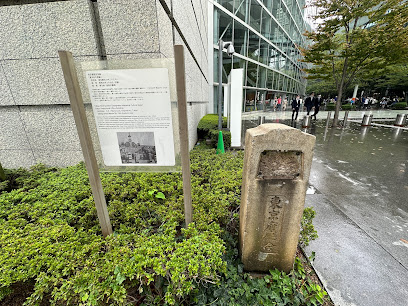
Mitsubishi Ichigokan Museum
1.2 km
Explore the captivating Mitsubishi Ichigokan Museum in Tokyo, where contemporary art meets historical architecture in a unique cultural experience.
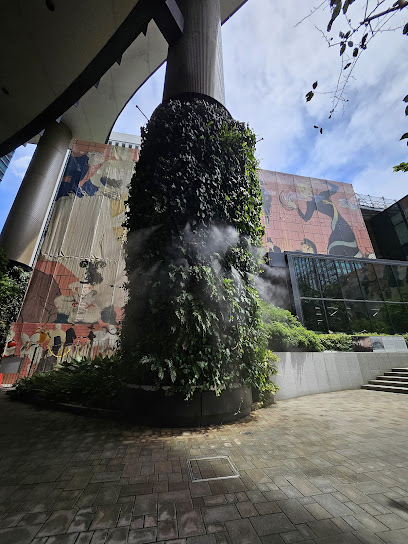
Tokyo International Forum
1.3 km
Discover the architectural brilliance of Tokyo International Forum, a cultural and commercial hub in the heart of Tokyo, Japan.

Ōte-mon Gate
1.3 km
Explore the stunning Ōte-mon Gate in Tokyo, a historical landmark that embodies the beauty of Japanese heritage and architecture.
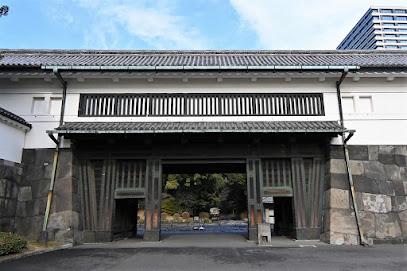
Origin of Ginza Monument
1.4 km
Discover the historical roots of Ginza at the Origin of Ginza Monument, a must-visit site that captures Tokyo's vibrant past and modern allure.
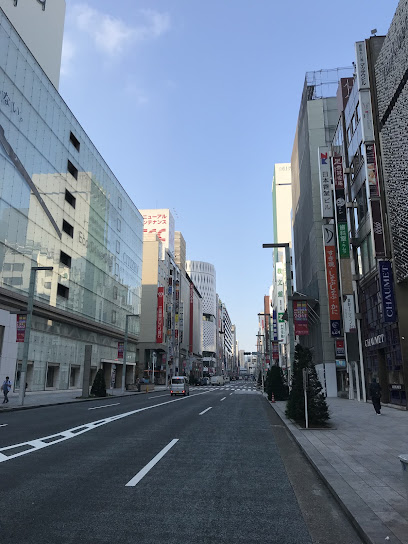
Eitai Bridge
1.5 km
Discover the architectural beauty and scenic views of Eitai Bridge, a must-see landmark in Tokyo that embodies the city's spirit and history.
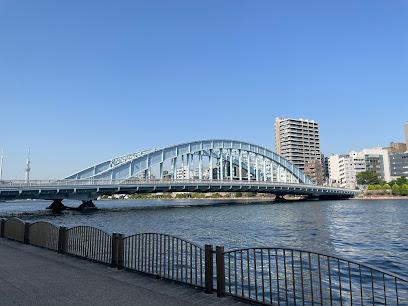
Manseibashi Bridge
1.5 km
Experience the historic allure and stunning views at Manseibashi Bridge in Chiyoda City, Tokyo, a perfect blend of past and present.

Akihabara Park
1.5 km
Explore the serene beauty of Akihabara Park, a tranquil oasis in the heart of Tokyo's bustling Akihabara district, perfect for relaxation and cultural immersion.
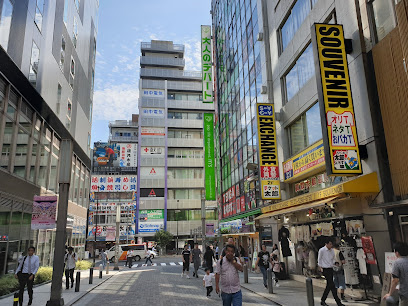
Ginza Central Street
1.5 km
Explore the exquisite shopping, dining, and cultural experiences along Ginza Central Street in Tokyo, a vibrant symbol of modern Japan.
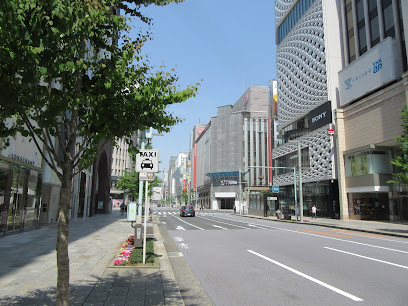
Akihabara Radio Kaikan
1.6 km
Explore Akihabara Radio Kaikan, the ultimate shopping destination in Tokyo for tech, anime, and pop culture enthusiasts.
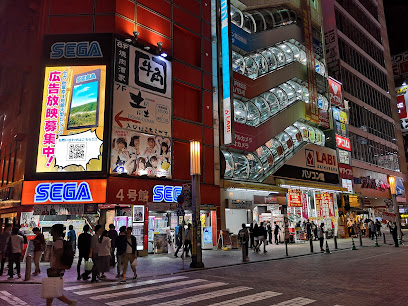
Imperial Palace East Gardens
1.6 km
Experience the serene beauty of the Imperial Palace East Gardens, a lush retreat steeped in history and tranquility in the heart of Tokyo.
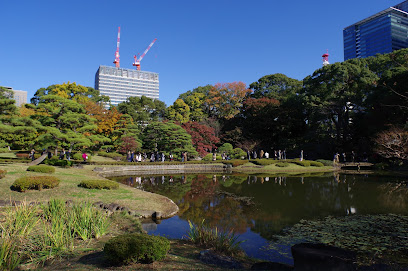
The East Gardens of the Imperial Palace
1.6 km
Explore the East Gardens of the Imperial Palace, where history meets tranquility in the heart of Tokyo's vibrant landscape.
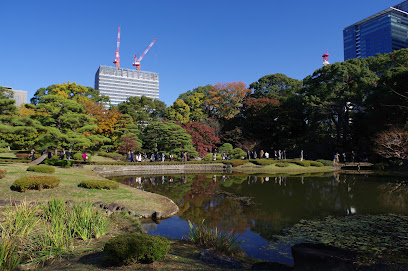
Unmissable attractions to see
Statues of Kirin
0.0 km
Explore the enchanting Statues of Kirin in Chuo City, Tokyo—a stunning blend of history and artistry in the heart of Japan.
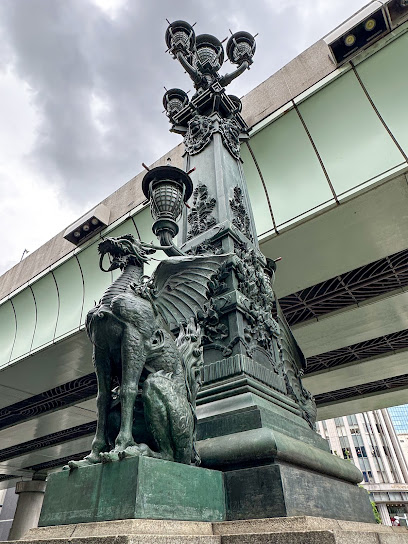
Nihombashi Pier
0.0 km
Discover the vibrant Nihombashi Pier in Tokyo, a scenic ferry terminal offering stunning views and access to the city's rich maritime culture.
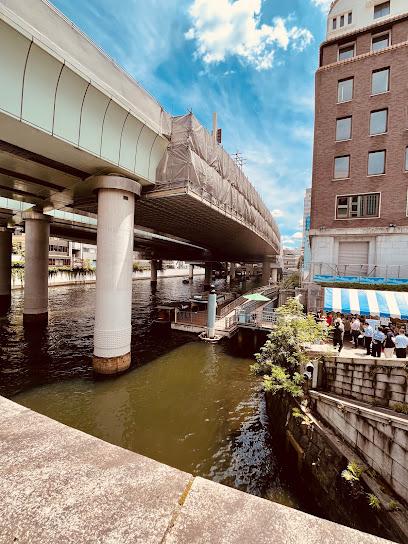
Nihonbashi cruise ®️ (Tokyo Bay Cruise)
0.0 km
Explore Tokyo Bay's breathtaking views and rich history aboard the Nihonbashi Cruise, a unique perspective of the city's vibrant landscape.
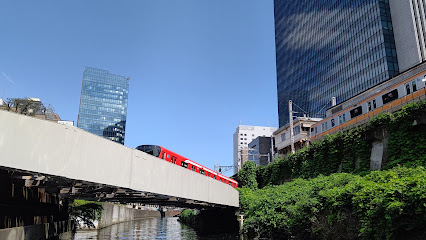
Zero Milestone In Japan
0.0 km
Explore the Zero Milestone in Tokyo, a historical landmark marking Japan's distance measurements, where history meets modernity in the heart of the city.
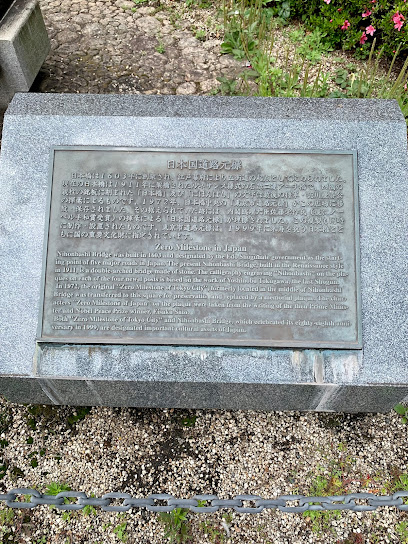
ABC Cooking Studio (Coredo Nihombashi Studio)
0.2 km
Explore the flavors of Japan at ABC Cooking Studio in Tokyo's Nihonbashi, where culinary skills meet cultural tradition in an interactive cooking experience.

Edobashi Bridge
0.2 km
Discover the historic Edobashi Bridge in Tokyo, a stunning architectural marvel connecting you to the city's vibrant culture and picturesque views.
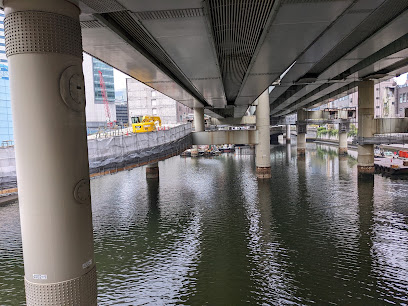
Mitsui Honkan
0.3 km
Explore Mitsui Honkan, a historical landmark in Tokyo that beautifully merges tradition and modernity, showcasing Japan's rich cultural heritage.
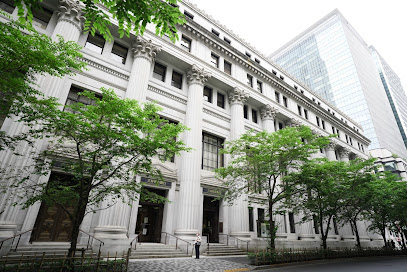
Bank of Japan Currency Museum
0.3 km
Explore the history of currency at the Bank of Japan Currency Museum, where tradition meets innovation in the heart of Tokyo.
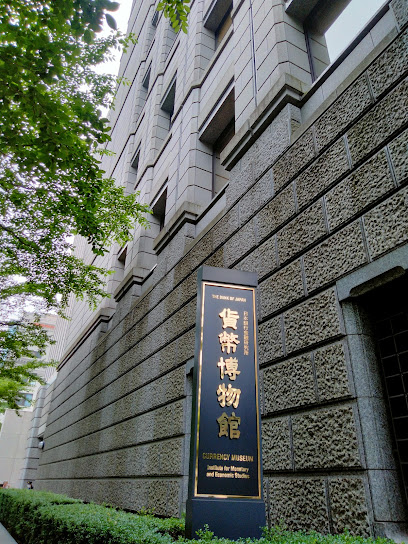
Mitsui Memorial Museum
0.3 km
Explore Japan's artistic legacy with a visit to the Mitsui Memorial Museum, featuring exquisite collections and cultural treasures in Tokyo.
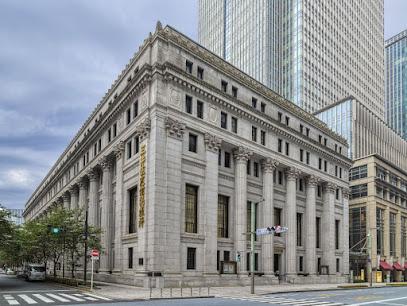
Fukutoku Shrine
0.4 km
Discover tranquility and cultural depth at Fukutoku Shrine, a serene Shinto shrine in Tokyo's bustling Chuo City, perfect for spiritual seekers and culture enthusiasts.
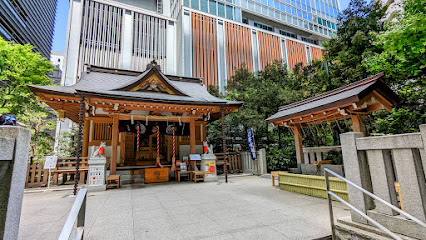
CRAFTROCK Brewpub & Live
0.4 km
Discover the heart of Tokyo's craft beer scene at CRAFTROCK Brewpub & Live, where fresh brews meet live entertainment in a vibrant atmosphere.
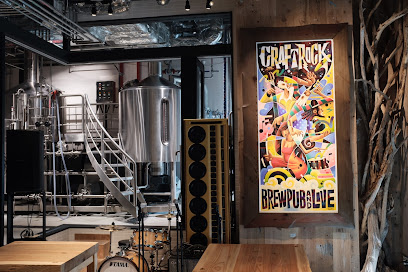
Hie-jinja Shrine Nihonbashi Sessha
0.5 km
Explore the serene beauty of Hie-jinja Shrine Nihonbashi Sessha, a tranquil Shinto shrine nestled in the heart of Tokyo, perfect for spiritual renewal and cultural exploration.
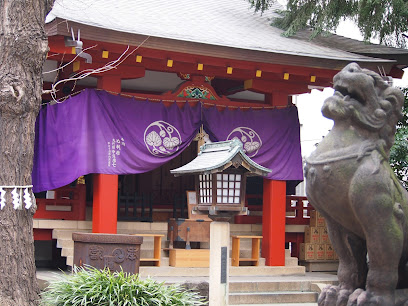
Ozu Washi
0.6 km
Discover the exquisite world of washi paper at Ozu Washi in Tokyo, where tradition meets creativity in every handcrafted sheet.

Ryukan-sakura Bridge
0.7 km
Experience the breathtaking beauty of the Ryukan-sakura Bridge, a stunning architectural marvel and a must-visit tourist attraction in Tokyo, Japan.
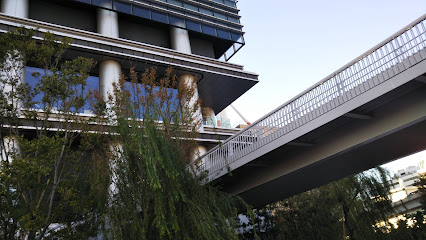
Tokyo Ramen Street
0.7 km
Experience the authentic tastes of Japan at Tokyo Ramen Street, a vibrant food court beneath Tokyo Station, home to diverse ramen shops.
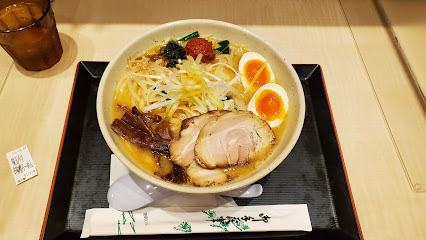
Essential places to dine
Taimeiken
0.1 km
Experience the unique fusion of Japanese and Western flavors at Taimeiken in Tokyo—home of the legendary omelette rice.
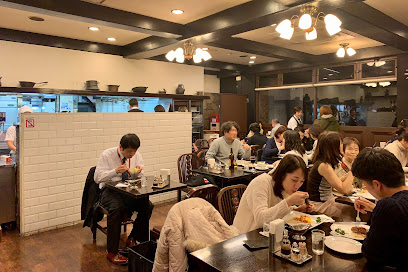
Ventaglio
0.3 km
Discover culinary excellence at Ventaglio, where Asian fusion meets Italian flair in the heart of Tokyo's Nihonbashi district.
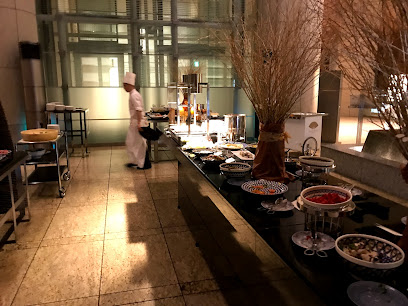
K'shiki
0.3 km
Experience authentic Italian cuisine at K'shiki in Tokyo—where every meal is crafted with passion and precision.
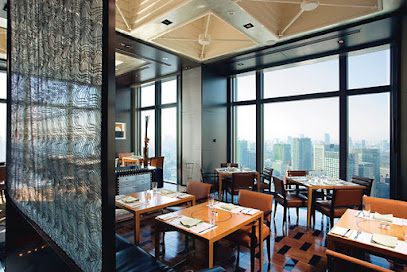
Signature
0.4 km
Experience exquisite French cuisine at Signature in Tokyo's Nihonbashi district, where every dish tells a story.

TATA
0.4 km
Experience the best of Japanese tapas at TATA in Tokyo's Chiyoda City - where flavor meets tradition in every dish.
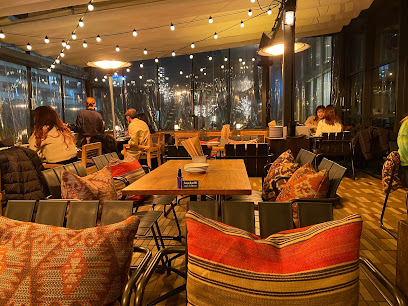
Tapas Molecular Bar
0.4 km
Indulge in innovative Japanese tapas at Tapas Molecular Bar in Tokyo – where traditional flavors meet modern culinary artistry.
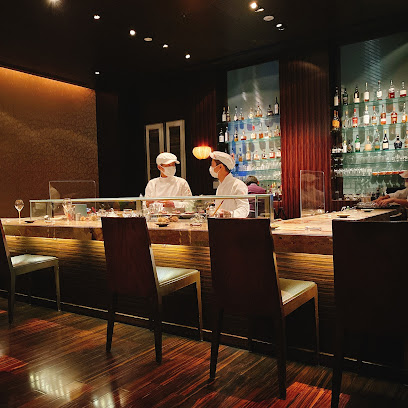
Nadaman at Shangri-La Hotel Tokyo
0.5 km
Experience the finest authentic Japanese cuisine at Nadaman in Shangri-La Hotel Tokyo - where tradition meets luxury.
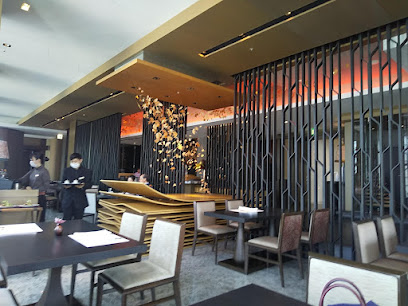
Yonezawa Gyu Oki
0.6 km
Discover the exquisite taste of Yonezawa beef at Yonezawa Gyu Oki—where tradition meets culinary excellence in Tokyo.
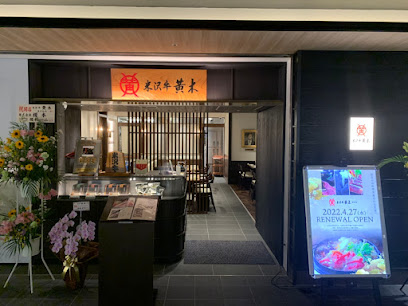
Japanese Restaurant
0.7 km
Experience authentic Japanese izakaya culture in Chuo City, Tokyo with exquisite dishes and a warm atmosphere.
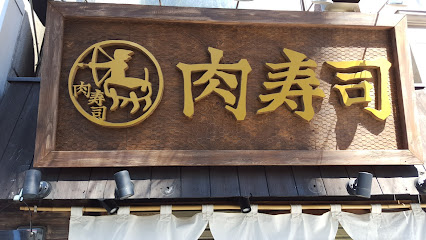
Ninja Tokyo
0.7 km
Discover the fusion of tradition and innovation at Ninja Tokyo—where every dish tells a story in an enchanting setting.

Sushi Hōseki - Kenji Gyoten
0.7 km
Discover the art of sushi at Sushi Hōseki - Kenji Gyoten in Tokyo, where tradition meets luxury for an unforgettable dining experience.
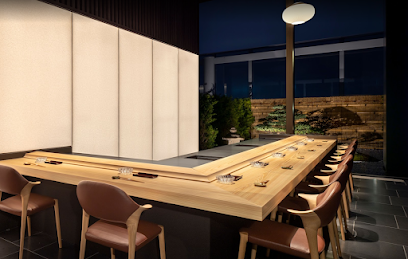
Musashi by Aman
0.8 km
Experience the art of sushi at Musashi by Aman – where tradition meets luxury in Tokyo's skyline.
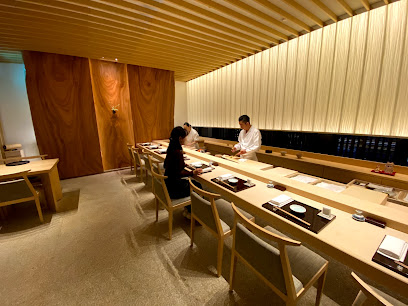
The Cafe By Aman
0.8 km
Discover unparalleled elegance and exquisite flavors at The Cafe By Aman in Tokyo's Otemachi Tower.
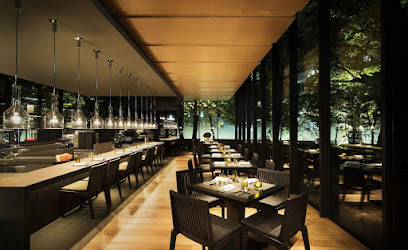
Edomae Shinsaku
0.9 km
Discover the authentic flavors of Edomae-style tempura at Edomae Shinsaku in Tokyo's vibrant Chuo City.
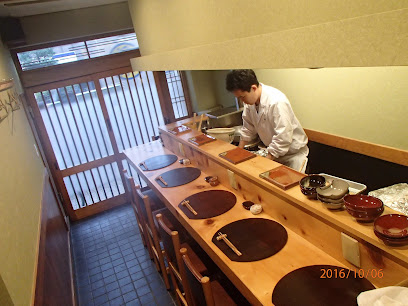
Sushi Tempura Aki
0.9 km
Discover the exquisite flavors of Japan at Sushi Tempura Aki - where fresh sushi meets crispy tempura in a delightful dining experience.
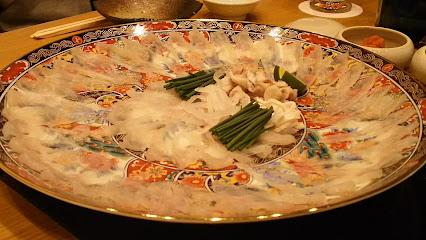
Markets, malls and hidden boutiques
Nihombashi Takashimaya S.C.
0.4 km
Discover the epitome of luxury shopping at Nihombashi Takashimaya S.C., where modern elegance meets traditional Japanese charm in the heart of Tokyo.
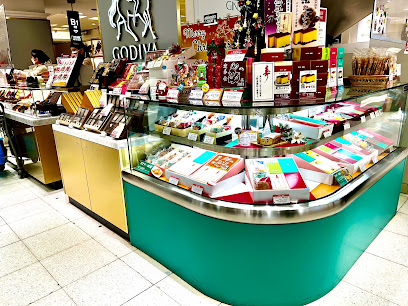
Eslite Spectrum Nihonbashi
0.5 km
Discover the charm of Eslite Spectrum Nihonbashi, Tokyo's cultural hub blending literature, shopping, and art in a stunning setting.
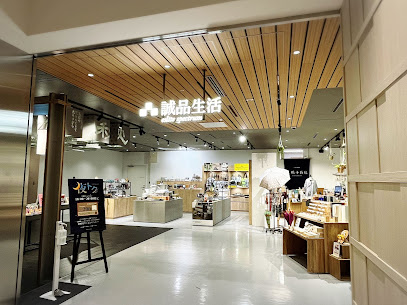
Another Japan
0.5 km
Experience the delightful fusion of Japanese sweets and souvenirs at Another Japan, a unique variety store in the heart of Tokyo.
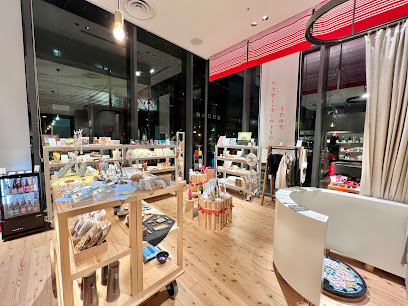
K-spot
0.6 km
Discover unique Japanese souvenirs at K-spot in Tokyo's Marunouchi, a perfect blend of tradition and modernity for every traveler.

Tokyo Character Street
0.6 km
Explore Tokyo Character Street - A vibrant shopping mall celebrating the essence of Japanese pop culture with unique character-themed stores.
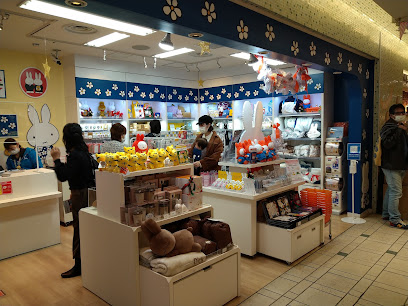
First Avenue Tokyo Station
0.6 km
Experience the heart of Tokyo at First Avenue Tokyo Station, a shopping and dining paradise beneath the iconic station.

HANDS Tokyo Store
0.6 km
Explore HANDS Tokyo Store, a vibrant gift shop featuring unique souvenirs, DIY supplies, and a variety of home and stationery products in the heart of Tokyo.

Gift Kiosk
0.7 km
Explore the vibrant Gift Kiosk in Tokyo for unique souvenirs that celebrate Japanese culture and make your travel memories unforgettable.
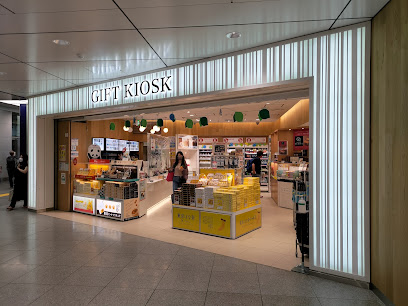
OLD-FASHIONED STORE TOKYO
0.7 km
Experience a delightful blend of nostalgia and modernity at Old-Fashioned Store Tokyo, where unique fashion accessories and novelty items await.
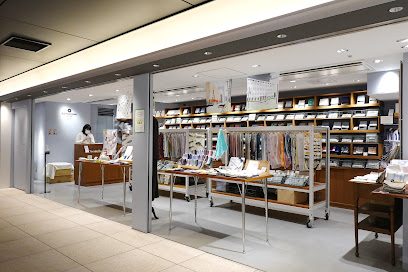
Nippon Department Tokyo
0.9 km
Discover the essence of Japan at Nippon Department Tokyo, your one-stop shop for unique souvenirs, local delicacies, and cultural treasures.
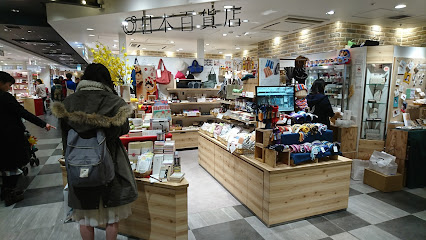
HATO MARCHE Gift Shop
0.9 km
Explore HATO MARCHE Gift Shop in Tokyo for unique souvenirs and gifts that embody the spirit of Japan, perfect for every traveler.
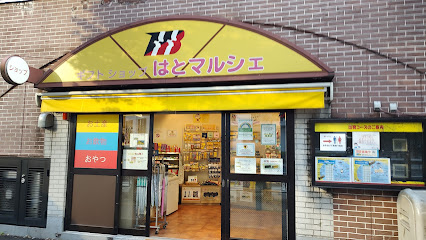
THE SHOP TOKYO
1.0 km
Explore the whimsical world of THE SHOP TOKYO, where unique gifts and delightful surprises await in the heart of Marunouchi.
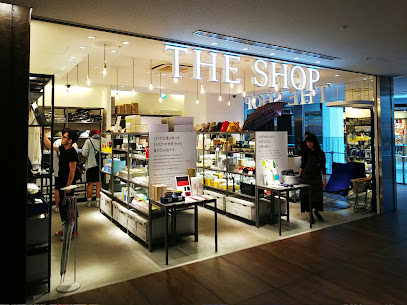
Good Design Store TOKYO by NOHARA
1.0 km
Explore Good Design Store TOKYO by NOHARA for unique gifts and home goods that reflect Japan's rich design culture.
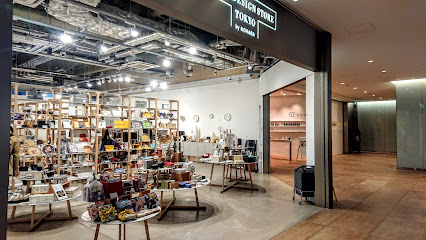
PLAZA Tokyo Store
1.2 km
Experience the vibrant shopping culture at PLAZA Tokyo Store, where unique finds and local flavors await you.
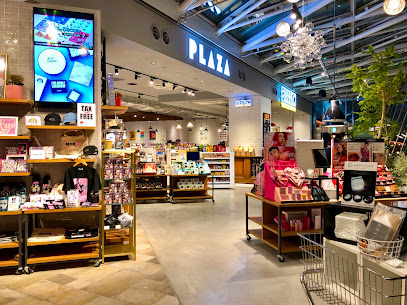
Caran d'Ache Boutique Ginza
1.3 km
Discover exquisite stationery and painting supplies at Caran d'Ache Boutique Ginza, Tokyo's premier destination for art lovers.
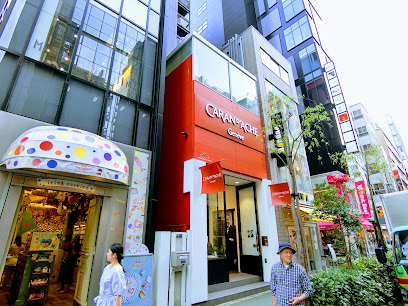
Essential bars & hidden hideouts
Mandarin Bar
0.4 km
Experience elegance and stunning views at the Mandarin Bar, Tokyo's premier destination for exquisite cocktails and fine dining.
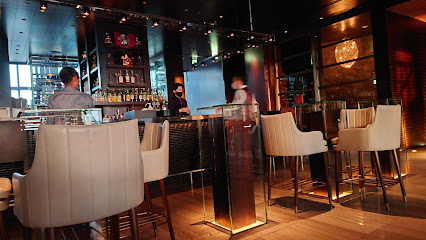
Bar Ocean
0.4 km
Discover the vibrant nightlife of Tokyo at Bar Ocean, where creative cocktails meet a lively atmosphere in the heart of the city.

Kamiawa Bar
0.4 km
Discover the cozy charm of Kamiawa Bar in Tokyo's Yaesu district—where local flavors and warm hospitality await you.
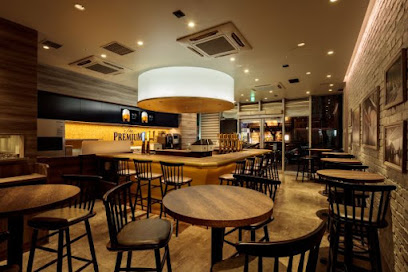
COCKTAIL WORKS Tokyo
0.5 km
Experience the dynamic nightlife of Tokyo at Cocktail Works, where expertly crafted cocktails meet a stylish ambiance in the heart of Nihonbashi.
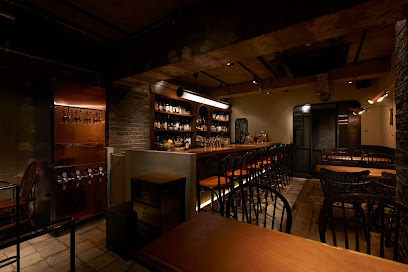
Hitachino Brewing Lab Tokyo
0.7 km
Discover the art of craft brewing at Hitachino Brewing Lab Tokyo, where tradition meets innovation in every sip.
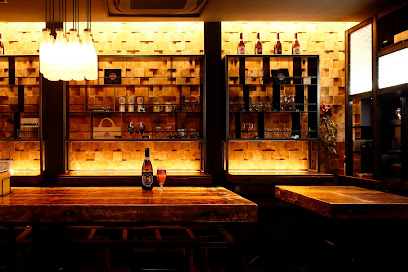
Hitachino Brewing Marunouchi
0.7 km
Experience the essence of Japanese craft brewing at Hitachino Brewing Marunouchi, a vibrant brewpub in the heart of Tokyo offering unique beers and delicious cuisine.
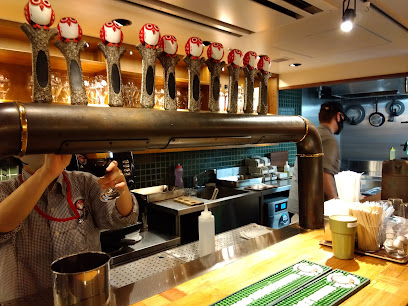
BAR Oak
0.9 km
Discover the elegance of BAR Oak, a luxurious bar within Tokyo Station Hotel, offering exquisite cocktails and a serene ambiance in the heart of Tokyo.
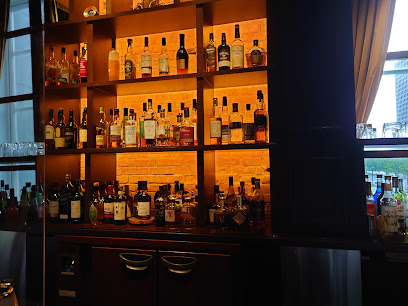
RIGOLETTO WINE AND BAR
0.9 km
Experience the best of Italian and Spanish cuisine at Rigoletto Wine and Bar, featuring an exquisite wine selection in Tokyo's Marunouchi district.
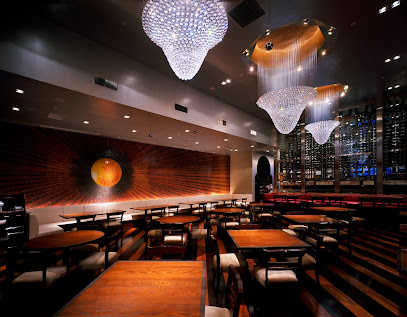
VIRTÙ
1.1 km
Experience a unique blend of French and Japanese cuisine at VIRTÙ, Tokyo's premier bar and restaurant in Otemachi.

Speakeasy Bar羽月II
1.2 km
Experience the sophisticated charm of Speakeasy Bar羽月II, a hidden cocktail gem in Tokyo's Kanda district, blending tradition with modern flair.

Star Bar Ginza
1.2 km
Discover the refined cocktail experience at Star Bar Ginza, where expert mixologists create exceptional drinks in a chic setting.
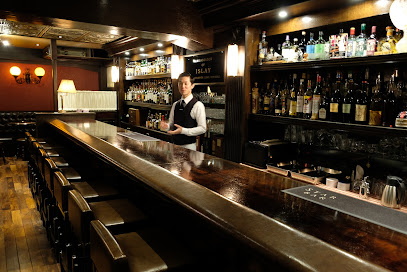
BAR PENGUIN
1.3 km
Experience the vibrant nightlife of Tokyo at Bar Penguin, a cozy bar in Ginza with exquisite cocktails and a welcoming atmosphere.
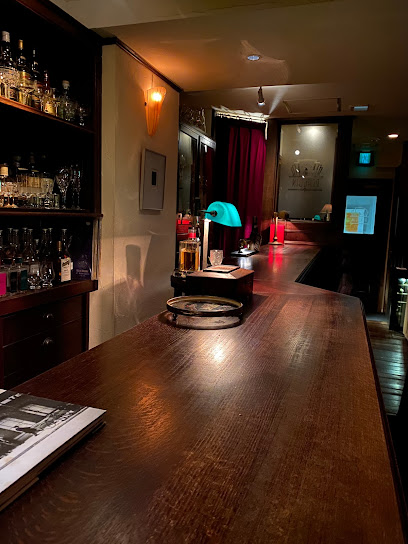
Bar Takasaka
1.3 km
Experience the vibrant nightlife of Tokyo at Bar Takasaka, where expertly crafted cocktails and an inviting atmosphere await.
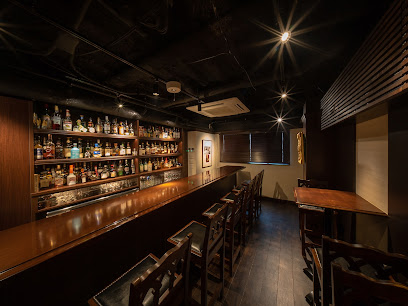
LEAP BAR
1.4 km
Discover the exquisite cocktail culture at LEAP BAR in Tokyo, where innovation meets tradition in an unforgettable nightlife experience.
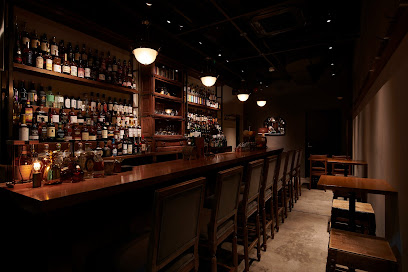
MAIN BAR
1.4 km
Discover sophistication and exquisite cocktails at MAIN BAR, an upscale bar experience in the heart of Tokyo's Marunouchi district.
